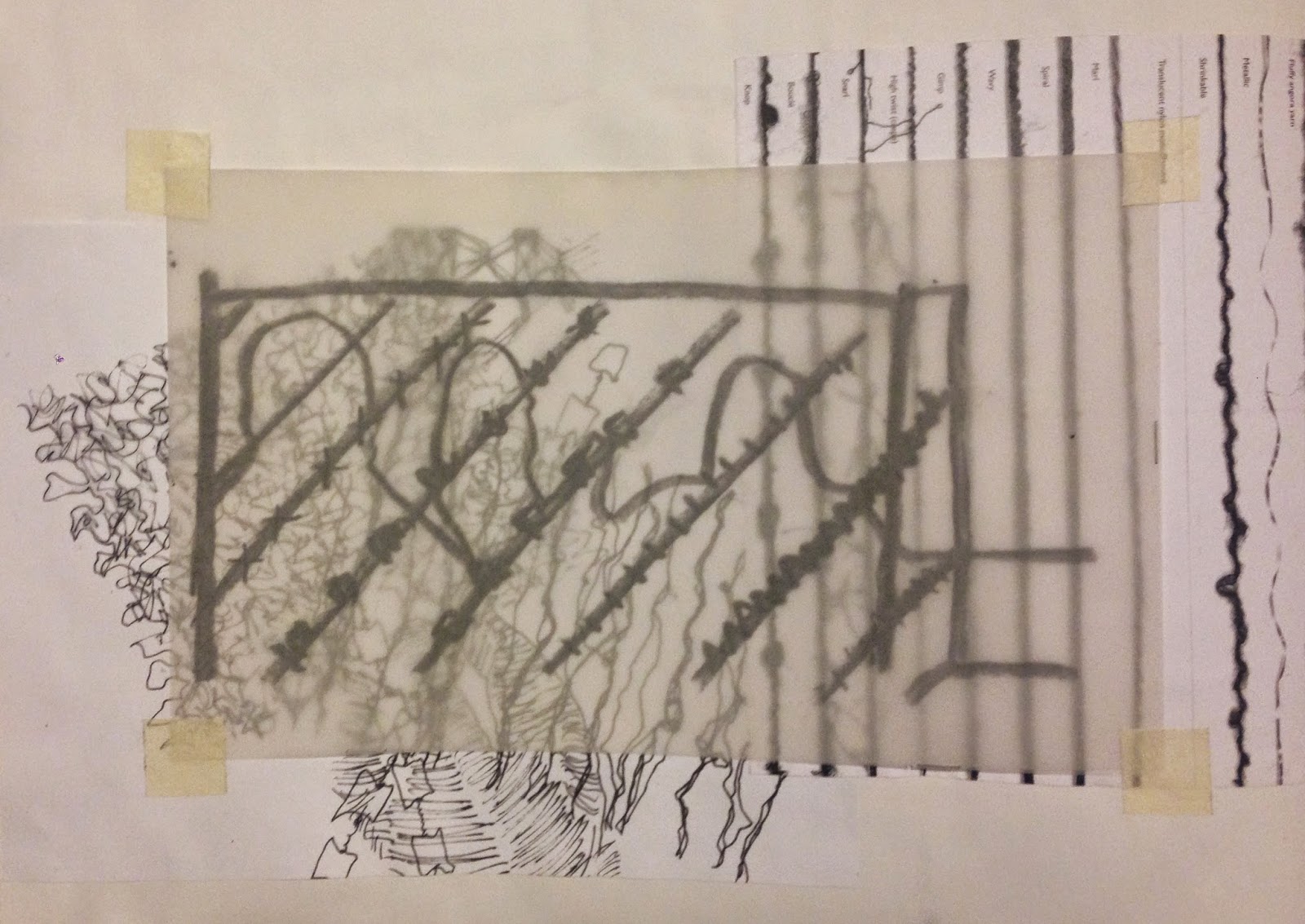

( Prints produced by Myself)
Over the weekend, I managed to expand further on my finger prints and I am really fascinated with how they have turned out. Not only this, but it is becoming harder and harder to actually tell whether they are my fingers anymore or whether they are just something I managed to randomly create on Photoshop. In addition to this, I also think that the print is becoming to look a lot like brain scans which can also refer back to my Final Major Project (FMP) as dementia leads to the brains deterioration and ultimately a slow, emotional death. Furthermore, I have also kept to my initial ideas and expanded further on colour which is what I wanted to do to see how they would reflect as a print. I also plan to have these digitally printed and produce samples using this print. Despite all this, I am still fixated on the idea of having very pale, minimal colours within the garment to highlight it, thus I must find some way to incorporate it within my designs or possible experimentation's I produce via my samples.
Furthermore, I feel that there are many other things that I could have done with these prints, for example printing them out and taking them to the stand. Not to mention, these could be scarf patterns for a final collection, although I still feel that some of the designs are too bright for the overall look I want for a potential collection. I would like to experiment with these prints further with collage or photocopying them to really exhaust their potential because I am struggling to see my prints with my final garment(s), which would be a real shame if I didn't bother with them at all.
To take these prints further, I decided to make the print into a pattern on Photoshop which creates a repeat pattern, hence it looks more like a wallpaper print or something much more detailed and complex than what it actually is. I really liked how these prints came out because you still can't fully tell what the print is made or inspired from, which is the general idea I was looking for. I wish I could have tried to experiment with these prints more on photoshop and then transfer them on to fabric, but I need to go to my local fabric shop to make sure I get the right types. For example, from my Alexander McQueen research I have really noticed the fabrications in some certain collections and the majority involve organza, which I feel is relevant to my theme. Organza is light and fairly see through, which can represent a message within my theme to suggest how unclear everything is to a person with dementia, how easy it is for them to forget that they have forgot etc etc…



































